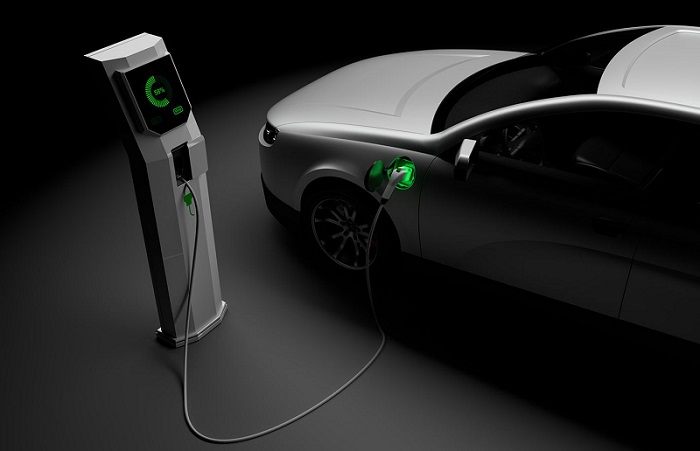Power Struggle Emerges as Automakers Cut Costs to Fuel Electric Vehicle Transition

Shuttered Illinois Jeep Plant Becomes Battleground for UAW and Detroit Automakers
The quiet town of Belvidere, Illinois, finds itself at the forefront of a high-stakes power struggle between the United Auto Workers (UAW) union and Detroit’s automakers. With a pressing need to cut costs and accelerate the transition to electric vehicles (EVs), automakers such as Stellantis, General Motors, and Ford face challenging negotiations with the UAW as they grapple with the financial implications of this industry-wide transformation.
In February, when the Stellantis factory in Belvidere halted its operations, the sudden shutdown took union members by surprise. The decision, which came earlier than anticipated, compounded the concerns of local union president Matt Frantzen. “They wanted to reduce us even more, which seemed like an impossible feat,” Frantzen remarked, alluding to the prior elimination of two work shifts at the plant. “We were seeing the writing on the wall.”
However, the threat of further plant closures is only one item on a contentious agenda set to shape the upcoming negotiations between the automakers and the UAW. Analysts project that legacy automakers may face billions of dollars in losses on EVs over the next few years, as they shift from high-volume combustion vehicles to low-volume EVs reliant on expensive battery technology.
Executives from General Motors, Ford, and Stellantis have made it clear that reducing labor costs is essential to revamping their U.S. factories to compete with non-union manufacturers like Tesla. UAW President Shawn Fain, on the other hand, has voiced his opposition to any job losses resulting from the EV transition. Fain has utilized social media platforms and visits to Washington to redirect attention towards the robust profits and substantial executive pay packages of the Detroit automakers, effectively shifting the narrative away from the costs associated with the EV shift.
Fain’s agenda includes substantial pay hikes for workers, the restoration of cost-of-living adjustments, and an end to lower wages for new employees. This combative rhetoric, combined with his campaign to rally support, has led many industry executives and analysts to anticipate a potential strike once the current contracts expire in September.
According to Mark Wakefield, co-head of AlixPartners’ automotive practice, the duration of any potential strike remains uncertain, but it raises the question of how long UAW workers will stay off the job. As the negotiations draw near, both sides are gearing up for a battle that will have far-reaching consequences for the future of the U.S. automotive industry.
- According to industry analysts, legacy automakers are projected to incur billions of dollars in losses on EVs over the next several years due to the expensive nature of battery-powered vehicles. These losses result from the replacement of high-volume combustion vehicles with lower-volume EVs.
- General Motors, Ford, and Stellantis executives have emphasized the need to reduce labor costs in order to reconfigure their U.S. factories and effectively compete with non-union manufacturers, particularly Tesla.
- UAW President Shawn Fain has been vocal in his opposition to any job losses due to the EV transition. He has used social media and visits to Washington to highlight the robust profits and substantial executive pay packages of the Detroit automakers, shifting the focus away from the costs associated with the shift to EVs.
- Fain’s agenda includes advocating for significant pay increases for workers, restoring cost-of-living adjustments, and eliminating lower wages for new employees.
- Industry executives and analysts anticipate a potential strike once the current contracts expire in September, as a result of Fain’s combative campaign and agenda.
